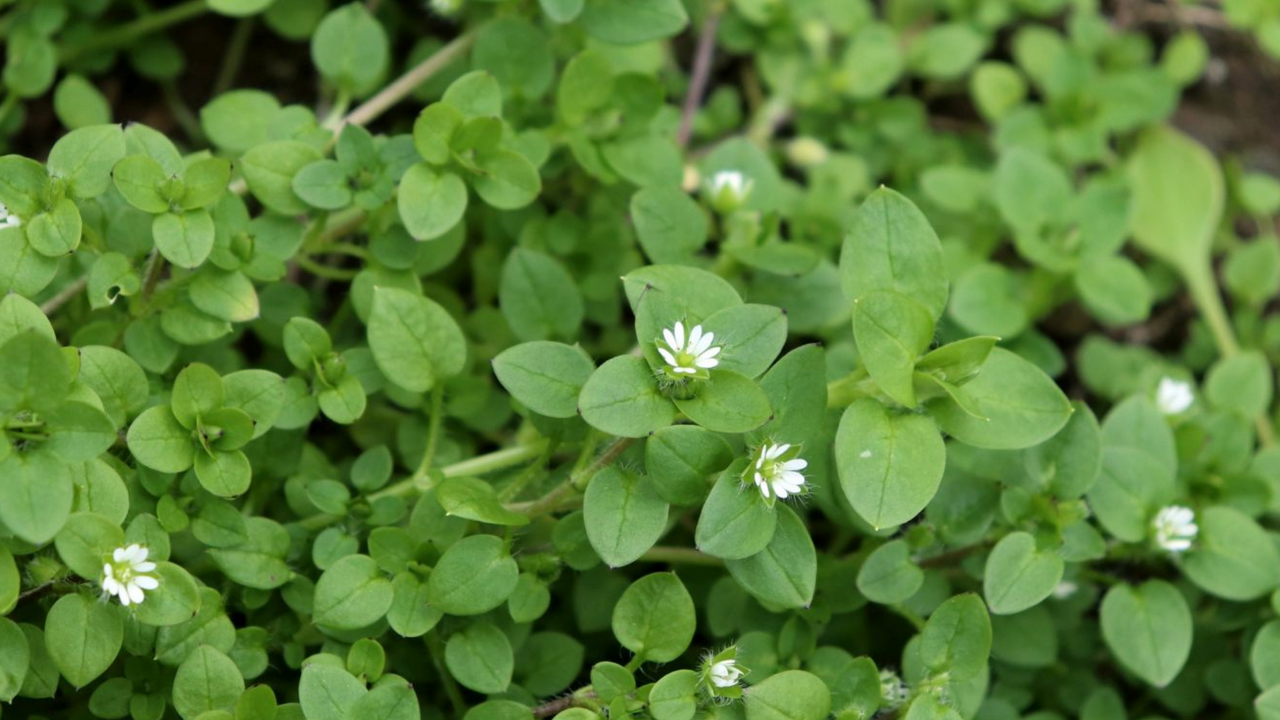This weed cures Springtime crud
Mar 27, 2022
Allow me to introduce you to this lovely Springtime healer: Chickweed!
Chickweed grows all over the temperate world. It's so common that most people don't even regard it, as other signs of springtime bourgeon their way up from the soil.
Chickweed contains saponins, plant compounds that can alleviate inflamed mucous membranes and facilitate the breakup of secretions from the membranes. It acts as a demulcent and an expectorant, helping to clear mucous and ease congestion in the lungs. Also high in many nutrients, including vitamin C and antioxidants, Chickweed helps to relieve inflammation in the nose, sinuses, and respiratory tract, while helping to eliminate the underlying cause of infection. A natural appetite suppressant, the saponins in Chickweed have been found to emulsify fat cells and flush them from the body.
This versatile herb also supports healthy thyroid function, which is essential in the smooth running of the body’s metabolism. It contains natural lecithin which specifically aids in fat metabolism. The saponins present in Chickweed increase the permeability of mucous membranes, increasing the absorption of nutrients while soothing the digestive tract. It functions both as a mild laxative and a diuretic, helping the body rid itself of toxins through the urine and the stool.
Chickweed also balances the beneficial bacteria in the gut, providing the optimum environment for healthy digestion. Known as a skin rejuvenator, it also has a cooling and drying effect on wounds, bites and minor burns.
As an astringent, chickweed can be used draw out splinters and help to heal the wound left behind. With anti-inflammatory, antiseptic, and anti-fungal properties, infusions of chickweed can be used to treat a number of skin complaints including; boils, sores, rashes, wounds, eczema and psoriasis. It will also relieve the itching and inflammation that accompanies many of these conditions.
Recipes can be simple for this humble, yet important herb. For an infusion, just pour boiling water over a handful of fresh chickweed in a mug, strain after 5 minutes and enjoy. You can also let this cool and use it topically. Chickweed can be eaten fresh, alone or in salads, sautéed, steamed, or boiled in soups. Combine it with pasta or turn it into pesto. If you make ferments, toss a handful in your kraut and see what happens! Options are endless.
Chickweed arrives in time for us to detox the liver and clear all sorts of congestion out of the body in the spring. Ayurveda encourages us to look at what is growing around us as medicinal food - healing for the season.
Download the Doshic Clock so you can live in rhythm
for health and happiness.


